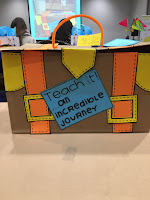The conference was called Tried and True Fun and New With Kim and Crew. Let me tell you if you have never attended one of these conferences then do it! I was lucky enough that my district paid the fee for me to attend. Let me tell you WOW! I have been energized. This was my first conference and what a way to start. I am hooked.
First off I got to met two of my favorite blog ladies.

Writers Workshop:
Drawing is writing in kindergarten. Students need you to model how to draw a picture. How to add those details and real life colors. You should start your Writers Workshop with teaching students how to draw pictures that tell a story. Its important for students to write everyday. (Directed Drawing is a great way to practice this)
Here is a big one--Share the Pen! I have never really used this because OMG it takes them forever to sound out a word and write the letters. Well guess what--THEY DON'T WRITE THE WHOLE WORD! Did you get that--They don't write the whole word (not unless they are able to). They can write just the letter they hear in the word. People this is a major eye opener for me. I will now try this in my classroom. Make sure you have them say the sentence first and then count the words in the sentence. Draw lines on the paper for each word.
Only stretch out words during whole group time. This allows students to learn how to use this skill. When they are writing have them stretch out the word. Never correct them or give them the letter. Instead praise them for being courageous enough to try.
Status of the class--After your mini-lesson take a status of the class. Hand each student a sheet of paper and ask them-What are you going to write about today? After they tell you send them to their seats to begin. If they don't know have them sit on the carpet listening to their friends-this should give them an idea to write about. If for some reason they still don't know, tell them that is okay-you will discuss it with them today during recess and they can write then. That should do it!
Don't write on their paper. All we are teaching them is that we can do it better then them. WOW! I thought I was helping them but it turns out NOT! Write on the back where they can't see it or read it. This allows you to know what they were trying to write/draw so that you know what you need to target in your mini-lessons. Students need to know that we value their work and that we value their best effort!
Always allow time for students to practice and to share. By allowing them to share we build their confidence as writers.
Reading
I already do a lot of what was talked about because I stalk--umm follow these ladies and use a lot of their advice from their blogs. But as I teacher we always learn something new. Here are my take aways.
1. keep a basket with the books we love to read over and over again. Allow a student to pick from the basket each day and read that book to the class. By hearing a story over and over again it will build their reading comprehension and fluency.
2. Read the same stories for the week. You can add a craft and retelling activity to a center the following week. In that center you should add the book and materials. The student will be familiar with the book because you have read from it the week before. This was huge for me because I have always tried to incorporate and art project to go with as many stories as I can. I believe by creating something meaningful to go along with story you are building their reading comprehension. It was nice to have this validated as well.
3. As you ask students questions about the book--Never just tell them they are correct. Open the book back up and look for the answer inside. This will teach them to go back to the text for their answers. This will help when you give them that retelling activity to be done in their station the following week.
4. Keep retelling crafts in their bag of books. They can practice retelling a story during their silent reading time. Silent reading time is very important in kindergarten. You can build stamina a little at a time each day.
5. Model, Model, Model! Be the reader your students need you to be.
Math
Let me start by saying--I DO NOT LIKE box curriculum for kindergarten! Why can't districts just listen to kindergarten teachers when we tell them its no good! I mean it has no engagement! I believe districts should let us pick what we would buy for our class. Here is what I would pick.
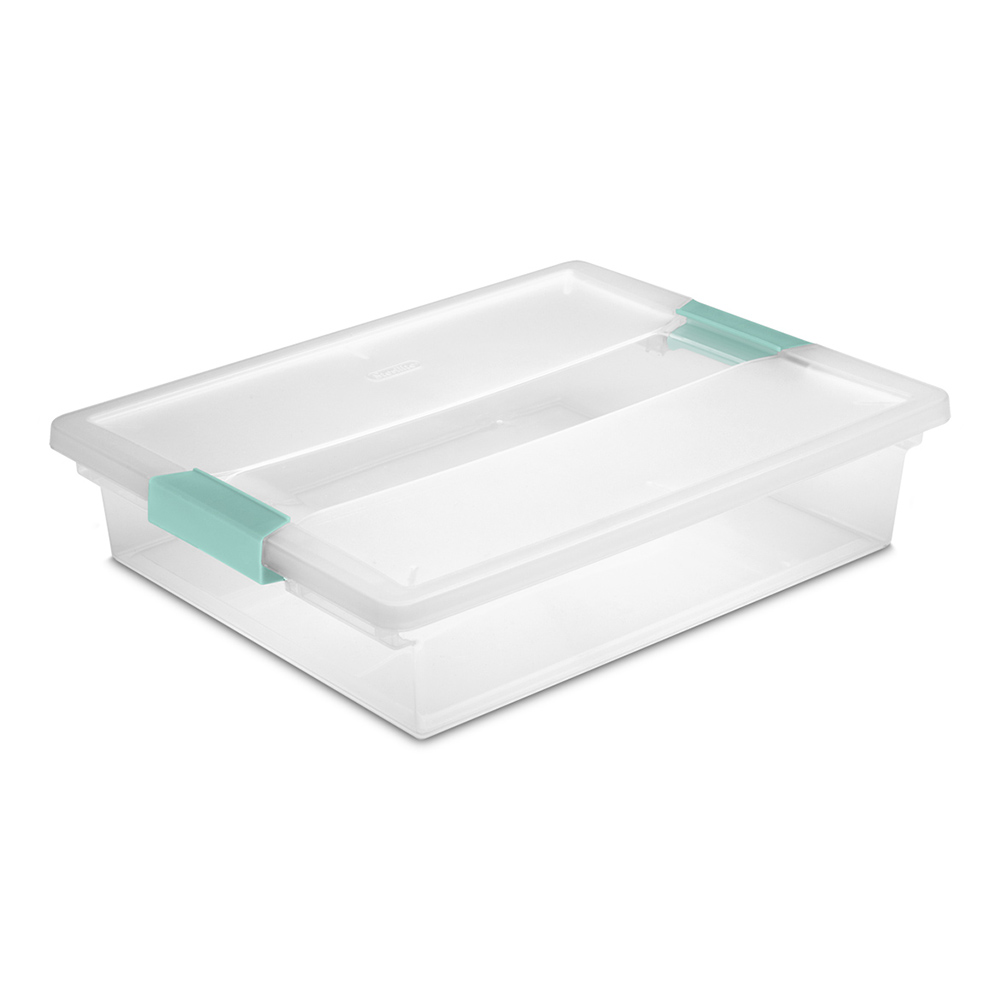 |
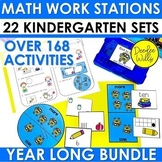
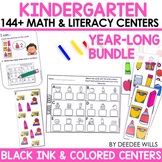

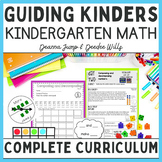
You may ask why this and not a traditional math curriculum. Well this has been tested by actual teachers with real students in the real world. Just think how much money districts would save if they listened to us.
Sorry I will get off my soap box now.
Here are my take aways-
1. Have two to a station--2 students work--3 students have a party.
2. If you pull a student from the station to work with them--let the other student have a stuffed animal or pretend pet they can play the game with. They will get twice the practice.
3. Its okay if they don't finish the work--as long as they worked hard and did their best then they were successful at it.
4. Make sure you teach games that can be used for a verity of skills. They game they demoed with the bump game. You can teach the concept of the game but then change it to higher numbers as you move alone. Another example was the more or less games. You can change it from numbers to adding or subtracting. They still play the same way but the content is changed.
Wow that is a lot of information! Are you still with me.
Just a few final notes!
If you have not checked out this resources make sure that you give it a good look. I will be using it in my class starting in January.

One of the biggest things we do as teachers is repeat ourselves. Well no more for this teacher. I am going to be using the tattling monster and the clean up trick.
Here is how each works:
The tattling monster--first teach your students is it a tattle or telling. I found a great song to help with this. Once they understand the difference you can show them the tattling monster. If they come up and tattle just remove a piece. Students will not like loosing a part of their monster so they will learn to think twice before tattling.


Clean Up--find a fast paced fun song to listen to for clean up time. Make sure it is one you like because you will be listening to it a lot over the school year. Teach students that once the song starts playing they are to try to bet the song by being done cleaning up before the song ends. If they do give them an air high five. If not remove a piece from the the clean up chart.
Thank you for taking the time to read my experience over the last two days.
Let me know if you have been to a conferance and if so what did you learn.


